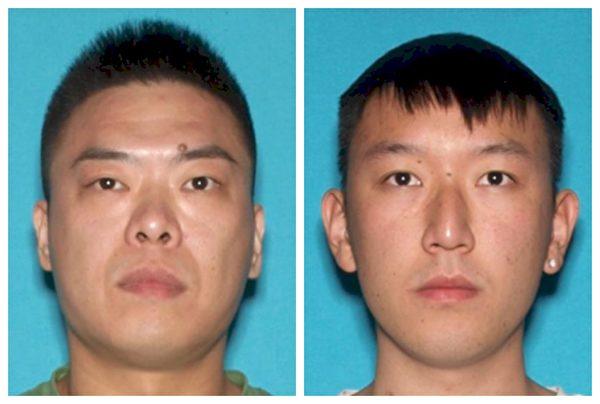California has more drivers using cell phones while behind the wheel in 2018 than 2017, a survey released on Jan. 28 indicates.
The observational study was conducted last August and September by the California Office of Traffic Safety (OTS) and California State University, Fresno. Observers recorded the use of cell phone at 204 intersections across 17 counties in California.




